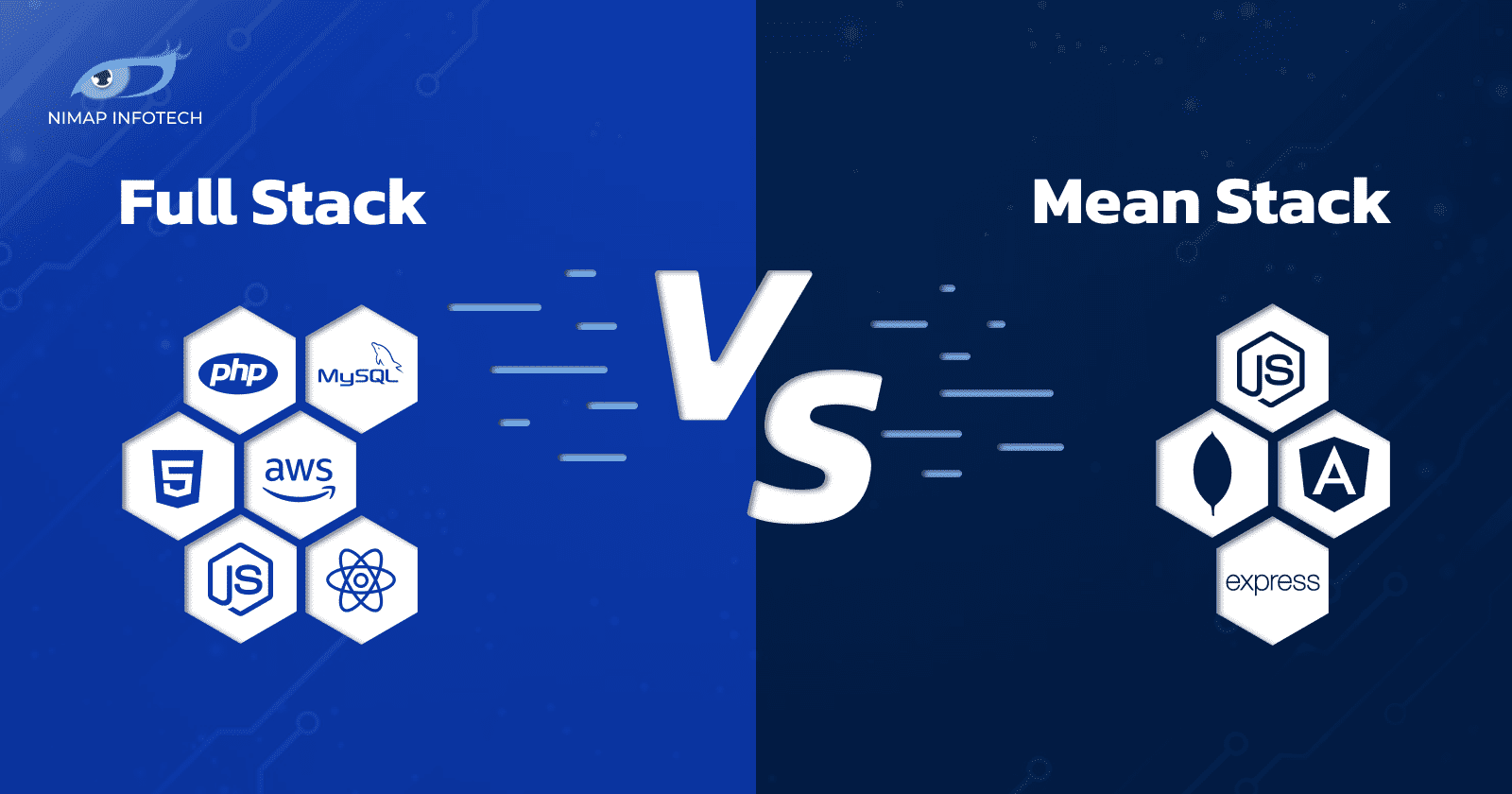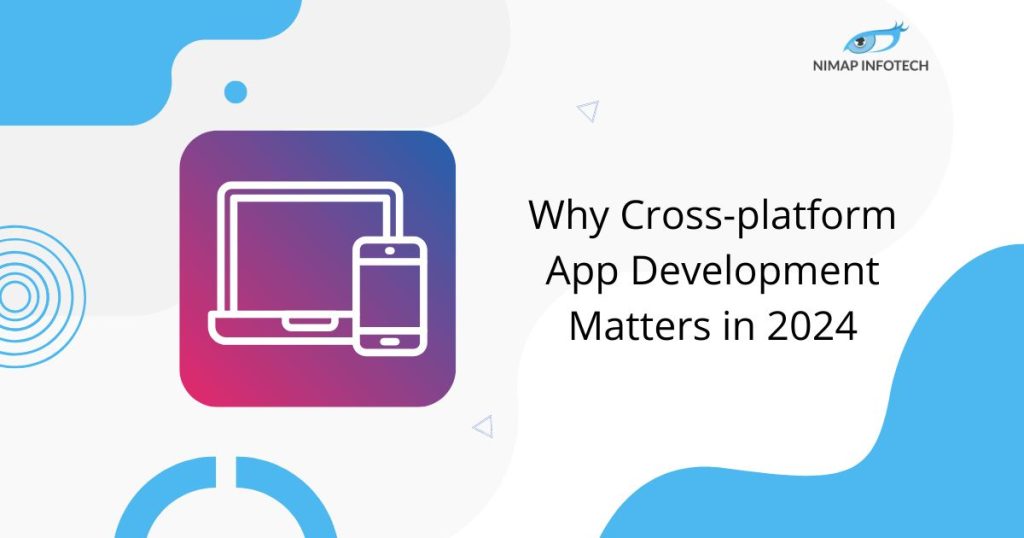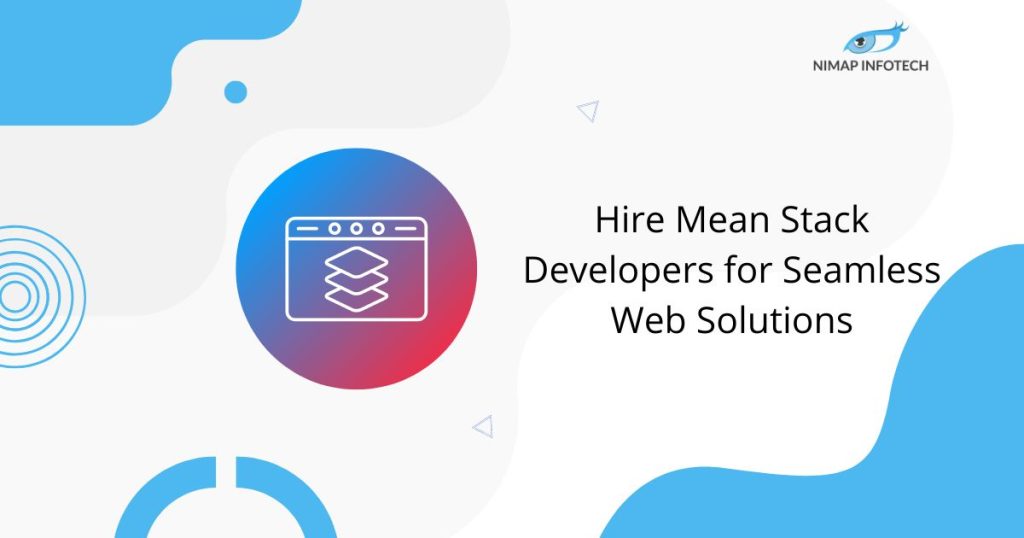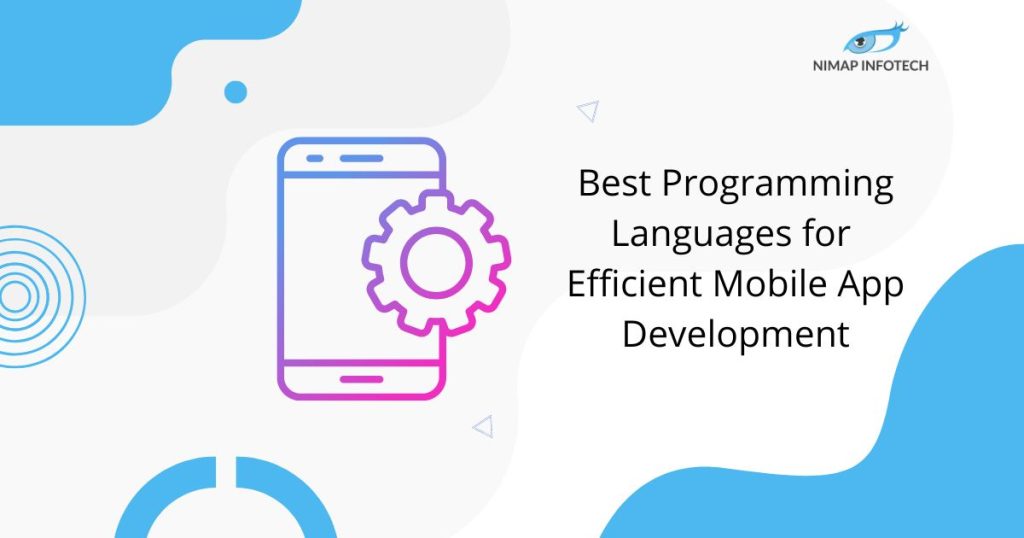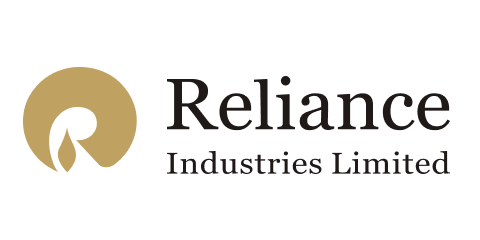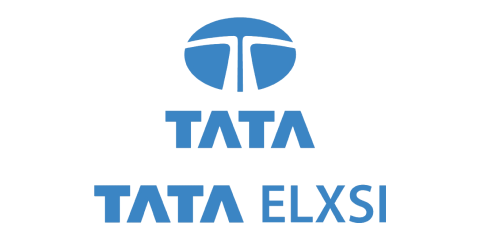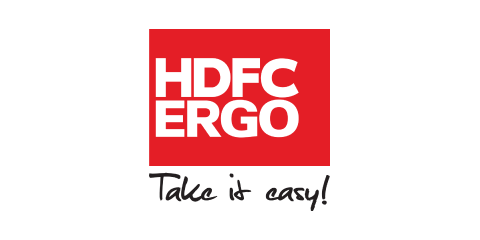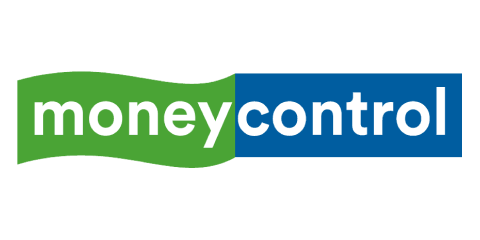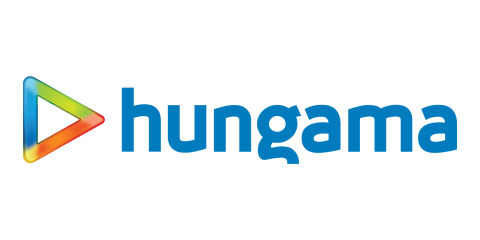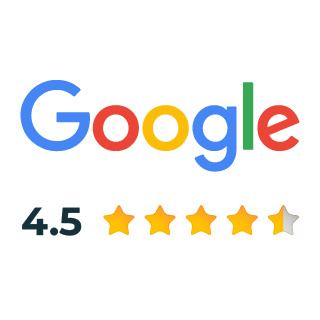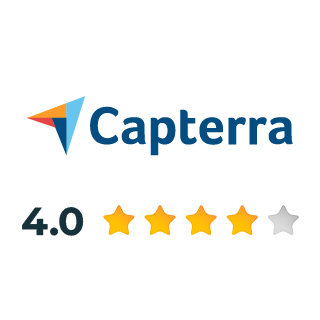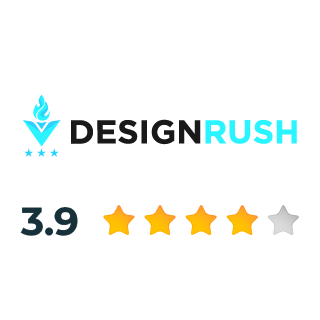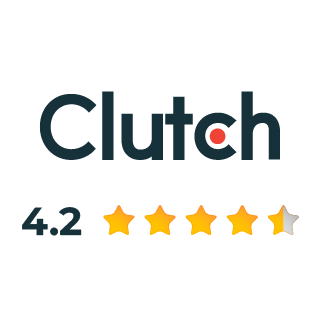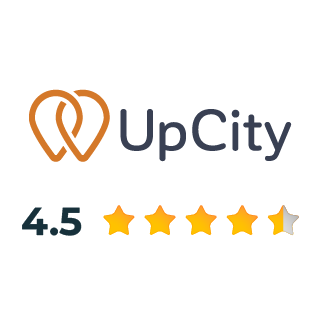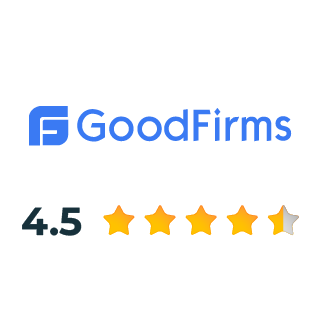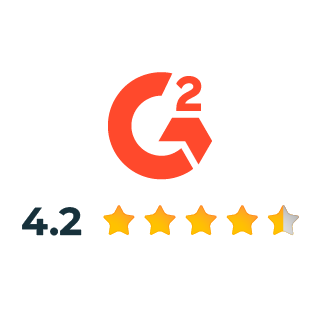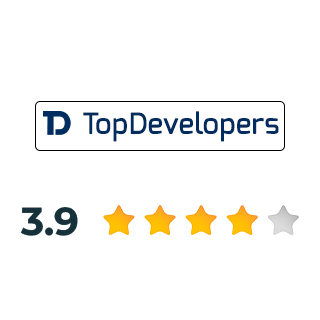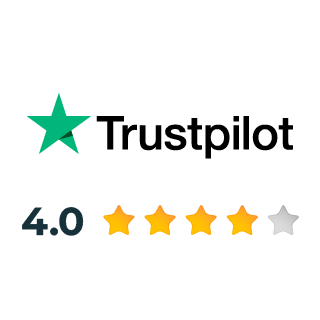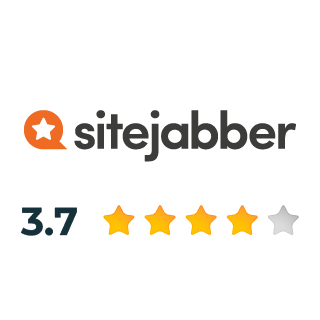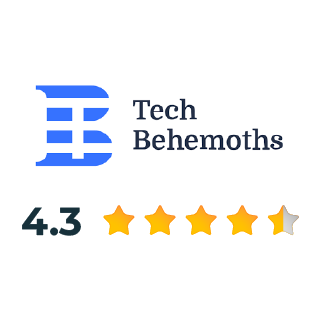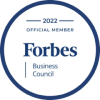Mean stack is a JavaScript stack that full-stack developers use to build websites and web apps. Mean stack is a framework that supports JavaScript programs for server-side and client-side execution handling.
In this blog, we will compare Full Stack vs MEAN Stack development and the benefits of becoming a full stack or mean stack developer.
What is Full Stack?
The whole stack refers to the collection of technologies and tools that a developer has to be familiar with in order to create and maintain a complete web application, from the front-end user interface to the back-end server-side logic and database storage.
Depending on the context, the phrase “full stack” can be used in a variety of ways, but often it refers to the following layers:
The user interface and all browser-based programming, such as HTML, CSS, JavaScript, and front-end frameworks like React, Angular, or Vue, are referred to as front-end (client-side) development.
Back-end (server-side): This refers to the software that runs on the server to process data, respond to client requests, and communicate with databases. There are frameworks like Express, Ruby on Rails, or Django, as well as languages like Node.js, Ruby, and Python.
Database: This refers to the system for storing and retrieving data, such as PostgreSQL, MongoDB, or MySQL.
What is MEAN Stack?
The MEAN stack is a popular collection of tools for creating dynamic web applications. It is an acronym for MongoDB, Express.js, Angular, and Node.js, four free and open-source JavaScript technologies.
The MEAN stack’s individual technologies are described in the following detail:
- MongoDB: A NoSQL document-oriented database that uses adaptable, JSON-like documents to store data.
- Express.js: Express.js is a Node.js web application framework that is quick and adaptable and offers powerful functionality for both web and mobile applications.
- Angular: Angular is a potent front-end framework for creating dynamic web apps with TypeScript, HTML, and CSS.
- Node.js: Is a server-side JavaScript runtime that enables programmers to create web applications that are scalable and high-performing on both the client and server sides.
MEAN stack is a well-liked option for developing online apps. It makes it simpler to create and maintain complicated applications since it enables developers to write code in a single language (JavaScript) throughout the entire stack.
Pros of Full Stack Development:
- A full stack developer understands the entire website development process, which means they can handle both the back-end and front-end development on their own.
- Full Stack development is less expensive because a single developer can handle the whole web development process. As a result, their demand is extremely great today.
- A Full Stack developer with extensive knowledge of web technologies can readily connect with and keep other team members on the same page. As a result, a full stack developer has enormous potential to lead a development team.
- This professional path provides “creative flexibility,” allowing for greater control over the project under development. The rationale for this is that full stack developers work on both ends, understand the intricacies, and may suggest changes.
Pros of MEAN Stack development:
- The MEAN Stack utilizes one language, Javascript, which simplifies and frees execution.
- It consumes extremely little memory footprint or overhead, primarily the program’s main memory.
- MEAN Stack Development is adaptable, making it simple to incorporate upgrades and new features even after they have been implemented.
- It also enables you to deploy web applications on the servers immediately.
Here are the Key Differences Between MEAN Stack and Full Stack:
-
Development Language:
While full-stack development can utilize a variety of programming languages like Java, Python, Ruby, etc., the MEAN stack leverages JavaScript as the primary development language for both the front-end and back-end.
-
Data base Support:
MongoDB serves as the database technology for the MEAN stack, but different databases, such as MySQL, PostgreSQL, or Oracle, may be used for full-stack development.
-
Technology Stack:
Whole stack development refers to the entire set of technologies and tools required to develop and maintain a web application, whereas the MEAN stack refers to a specific set of technologies that includes MongoDB, Express.js, Angular, and Node.js.
-
Mobile Support:
While full stack development may or may not have dedicated mobile support, the MEAN stack has excellent mobile support, with Angular being a popular front-end framework for creating mobile applications.
-
Performance:
Performance can be enhanced for both MEAN stack and full stack development, although the precise performance traits may vary depending on the exact technologies and tools employed.
-
Open-Source:
Open-source tools and technologies can be used in full stack development as well as MEAN stack development, although MEAN stack specifically consists of open-source technologies.
-
Server-Side Templating:
Full stack development may use a variety of templating solutions based on the specific technologies used, whereas the MEAN stack uses Angular for client-side ;templating and Express.js for server-side templating.
Also Read: Full Stack vs Specialized Developer: Which Should You Hire?
How are Full Stack and MEAN Stack Similar?
- MEAN and Full Stack use JavaScript, MongoDB, Express, Angular, and Node.js in very similar ways. This is due to the fact that they are both full-stack frameworks, which include everything you need to build a web application from start to finish.
- MEAN stack, on the other hand, concentrates on the front end, whereas Full Stack focuses on the back end. MEAN stands for MongoDB (database), Express (server-side JavaScript framework), AngularJS (front-end framework), and Node.js (server-side JavaScript framework) (back-end framework).
- Full Stack refers to web application frameworks that include all three layers of an application: front end, middle tier (database), and back end (server).
Mean Stack vs Full Stack
| Parameters | MEAN Stack | Full Stack |
| Development language | The major development language in the MEAN stack will be JavaScript or TypeScript. | You will use PHP or any other server-side scripting language in Full Stack. |
| Database Support | MongoDB serves as the database for the MEAN stack. | Full Stack supports the MySQL, MongoDB, and SQLite3 database engines. |
| Technology Stack | Node.js, Express, AngularJS, and MongoDB are all used in the MEAN stack. | Node.js, Express, AngularJS, and MongoDB are all used in the MEAN stack. Full Stack makes use of the PHP, MySQL/MariaDB, and PostgreSQL database engines, as well as front-end frameworks like Zend Framework or Laravel. |
| Mobile support | MEAN stack enables Ionic Framework mobile development. | PhoneGap/Cordova and Appcelerator Titanium are supported by Full Stack. |
| Performance | MEAN stack is quicker to create than Full Stack because it focuses on a single use case. | Because it focuses less on a single use case, full stack takes longer to construct than MEAN Stack. |
| Open source | MEAN is open source. | Full stack is not. |
Read More: Steps for Choosing a Technology Stack for Your Project
Conclusion:
When it comes to computer programming, both full stack developers and MEAN stack developers are in high demand. Both of these stacks are essential. Full-stack innovations are in high demand from businesses all around the world. You can participate in KnowledgeHut’s Whole Stack Development programme to become intimately acquainted with both stacks. Hope you like this blog on Full Stack vs Mean Stack. Do check our other blogs.
